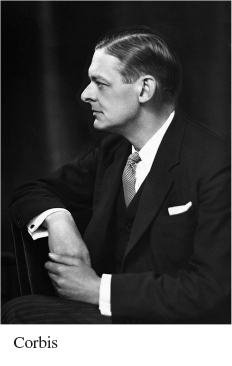Rebuttals
Very few arguments of any interest are beyond dispute, conclusively knockdown affairs. Only very rarely is the claim of an argument so rigidly tied to its grounds, warrants, and backing — and with its quantifiers and qualifiers argued in so precise a manner — that it proves its conclusion beyond any possibility of doubt. On the contrary, most arguments have many counterarguments, and sometimes one of these counterarguments is more convincing than the original argument.
Suppose someone has taken a sample that appears to be random: An interviewer on your campus accosts the first ten students she encounters, and seven of them are fraternity or sorority members. She is now ready to argue that seven-tenths of enrolled students belong to Greek organizations.
You believe, however, that the Greeks are in the minority; you point out that she happens to have conducted her interview around the corner from the Panhellenic Society’s office just off Sorority Row. Her random sample is anything but random. The ball is now back in her court as you await her response to your rebuttal.
As this example illustrates, it is safe to say that we do not understand our own arguments very well until we have tried to get a grip on the places in which they are vulnerable to criticism, counterattack, or refutation. We have already, in Chapter 3, quoted Edmund Burke — but the passage is worth repeating: “He that wrestles with us strengthens our nerves, and sharpens our skill. Our antagonist is our helper.”
To be sure, in everyday conversation we may not enjoy being in the company of people who interrupt to ask what are our grounds, warrants, backing, and so forth. The poet T. S. Eliot amusingly characterized himself as such a person:
How Unpleasant to Meet Mr. Eliot!
How unpleasant to meet Mr. Eliot!
With his features of clerical cut.
And his brow so grim
And his mouth so prim
And his conversation, so nicely
Restricted to What Precisely
And If and Perhaps and But . . .
How unpleasant to meet Mr. Eliot!
(Whether his mouth be open or shut.)

Still, if we wish to make serious progress in thinking and arguing about significant issues, cultivating alertness to possible weak spots in arguments — our own arguments as well as those of others — and incorporating thoughtful responses to anticipated criticisms will always be helpful.
THINKING CRITICALLY Constructing a Toulmin Argument
Choose a topic or issue that interests you. In the spaces provided, supply a sentence or two for each step of a Toulmin argument about your topic.
| STEP OF TOULMIN ARGUMENT | QUESTION THIS STEP ADDRESSES | YOUR SENTENCE(S) |
| Claim | What is your argument? | |
| Grounds | What is your evidence? | |
| Warrant | What reasoning connects your evidence to your argument? | |
| Backing | Why should the reader agree with your grounds? | |
| Rebuttal | What are the objections to this argument? | |
| Qualifier | What are the limits of your argument? |
 To complete this activity online, click here.
To complete this activity online, click here.